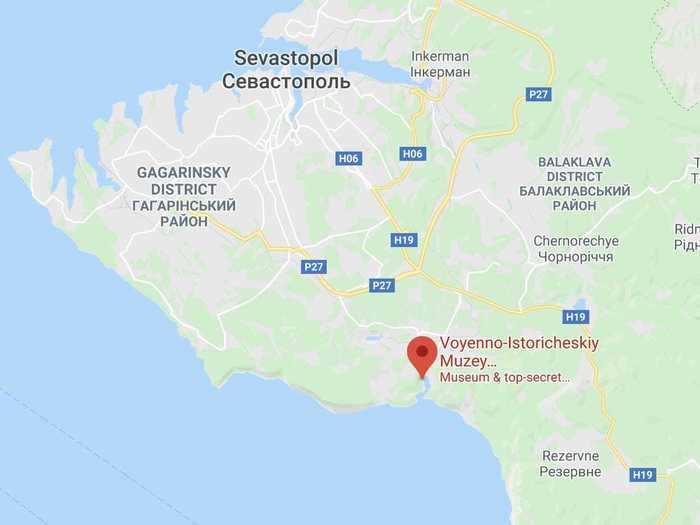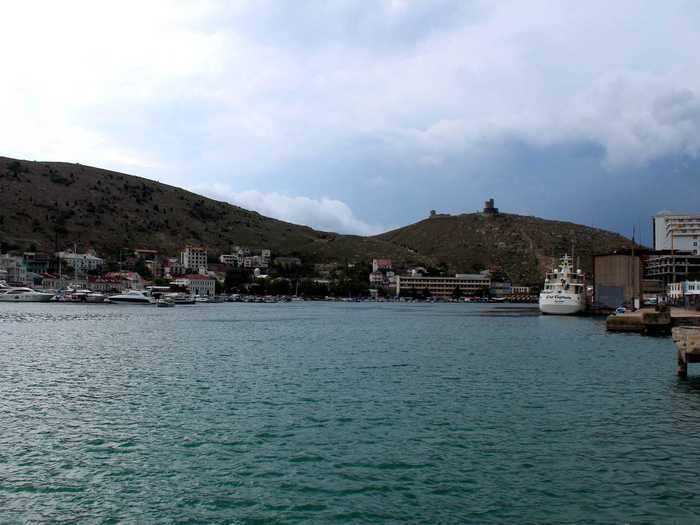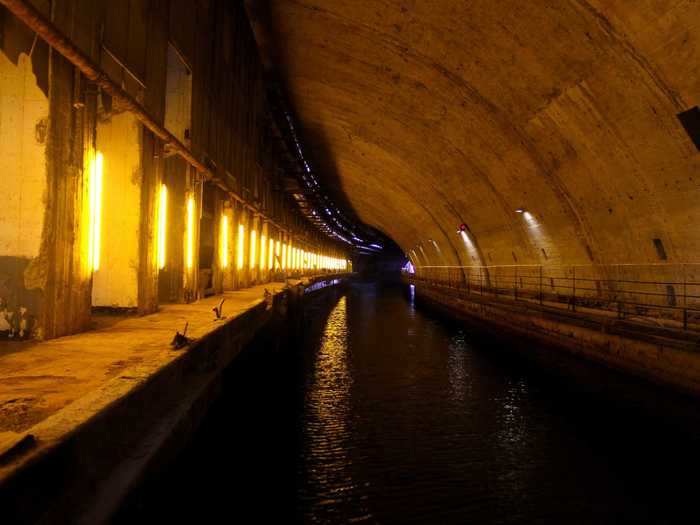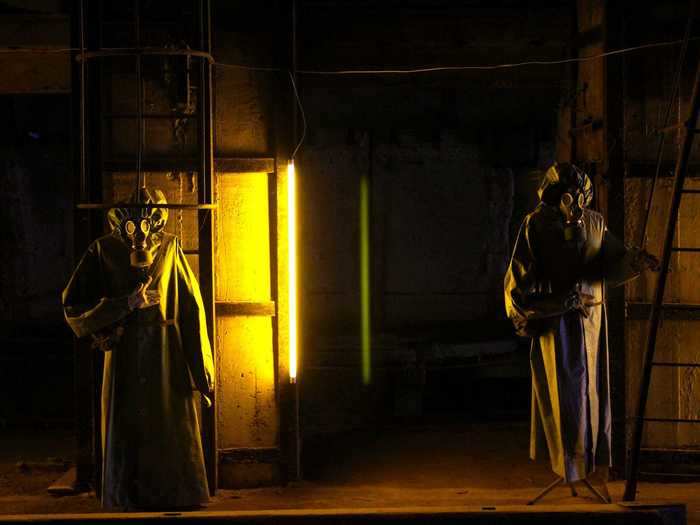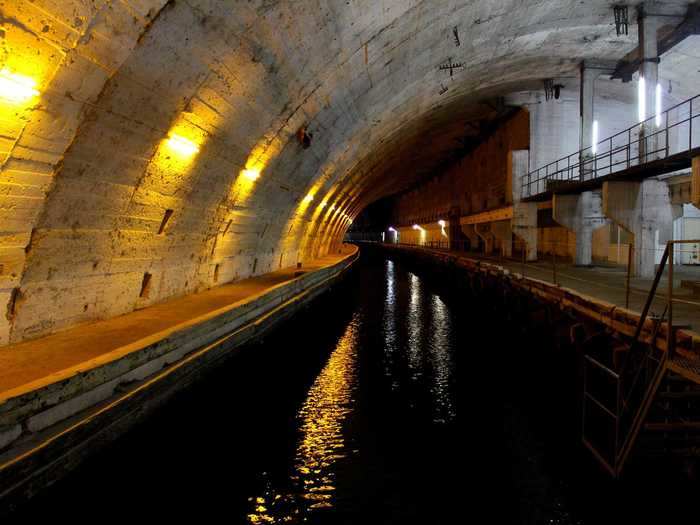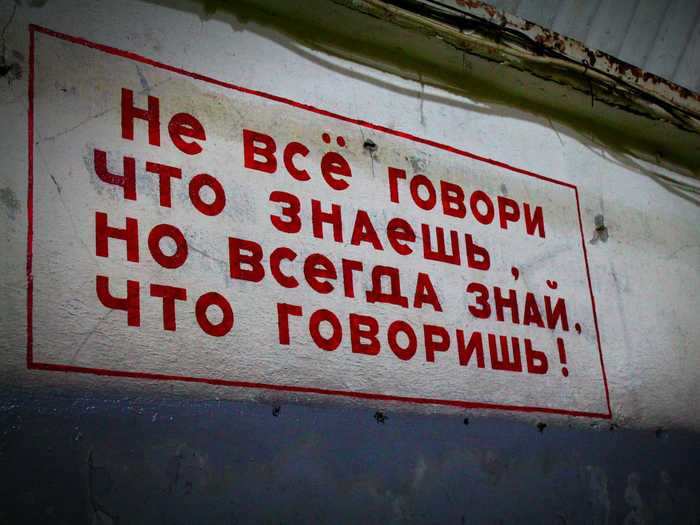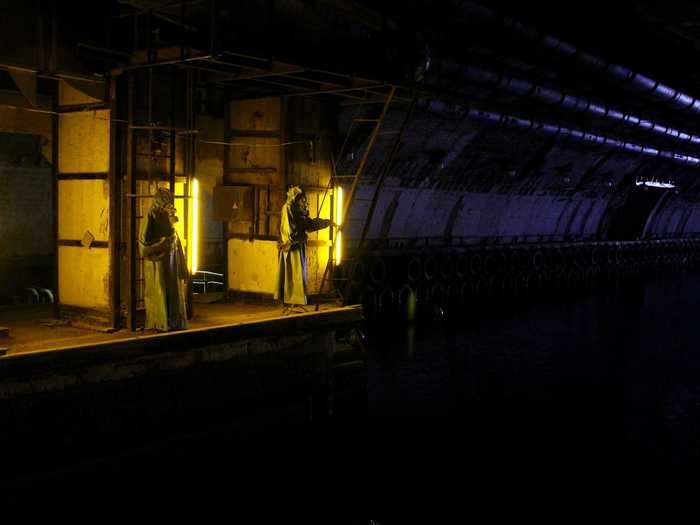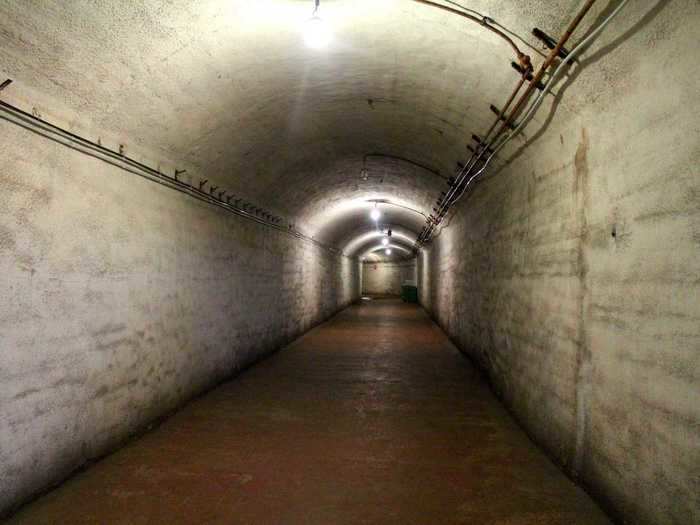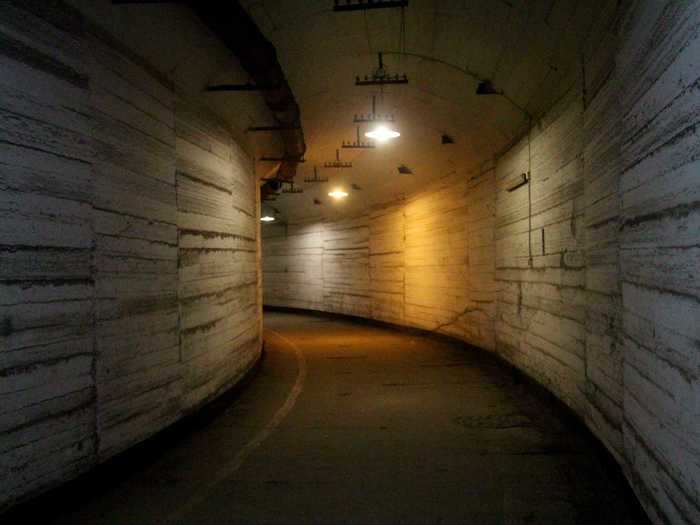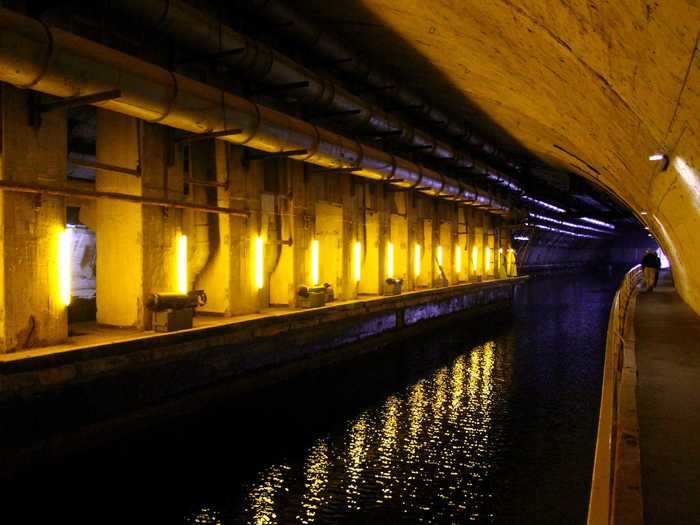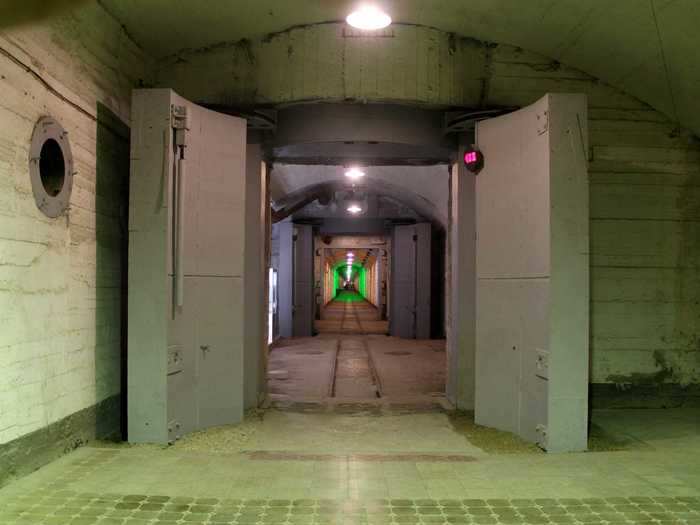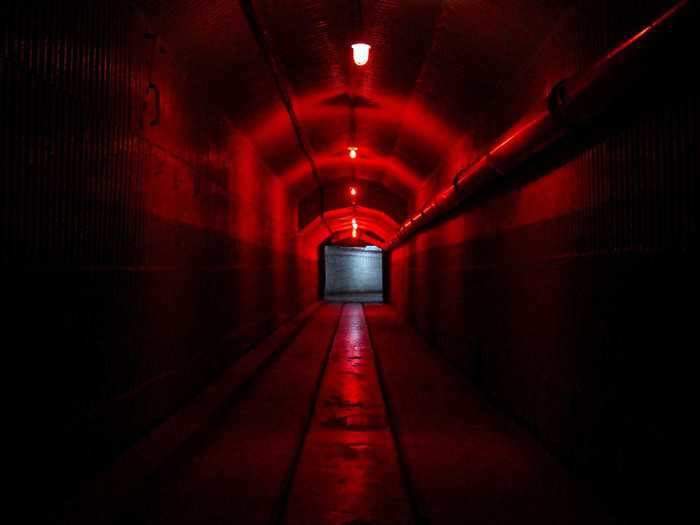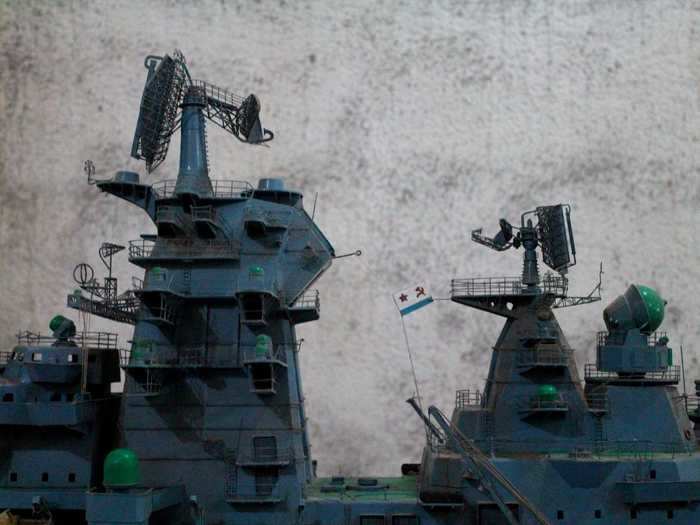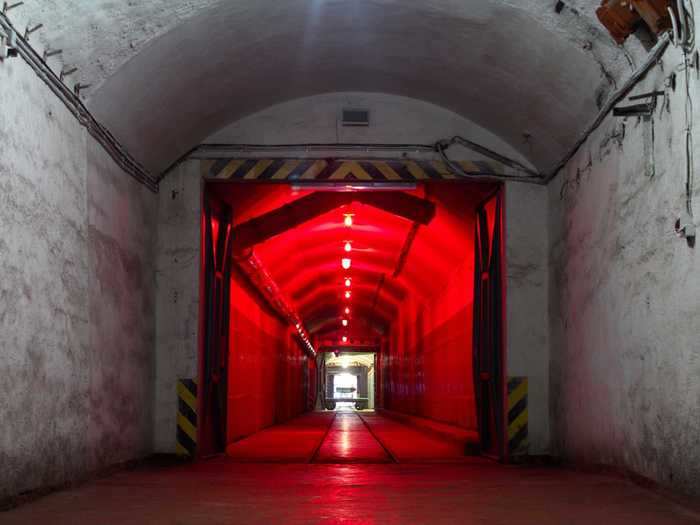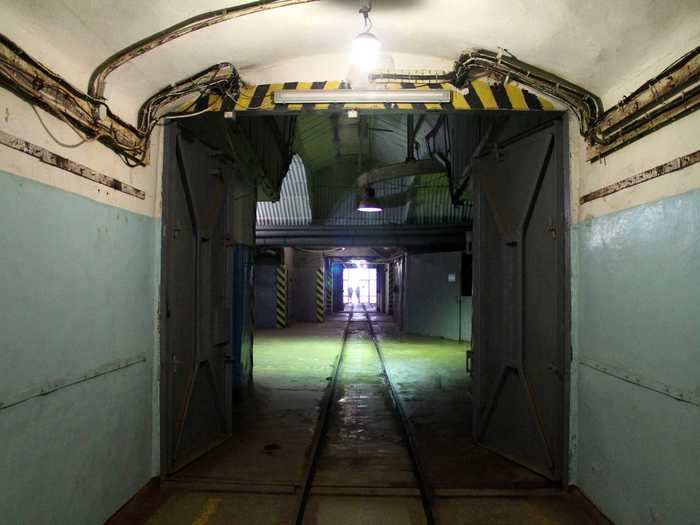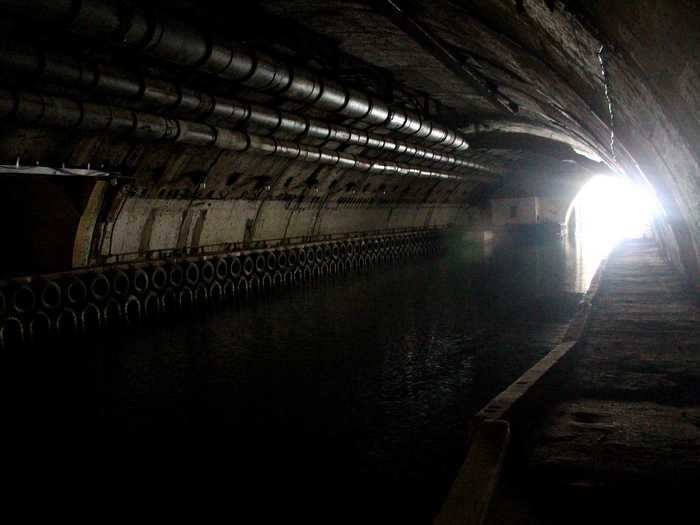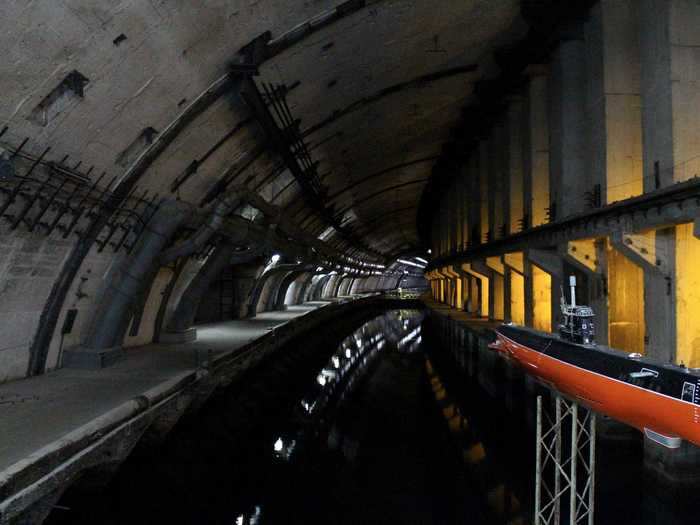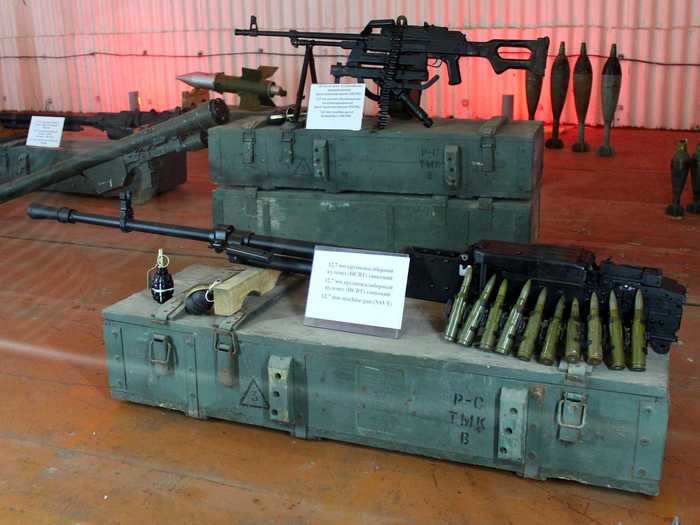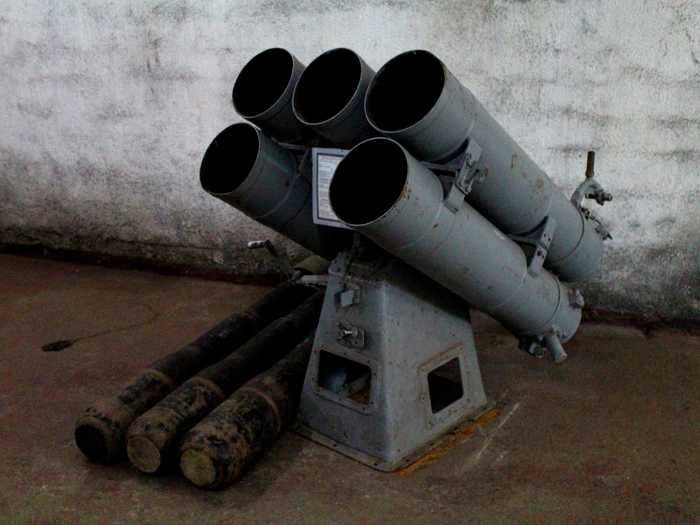Hidden under a 400-feet-thick level of rock, the base is regarded as one of the world's largest secret military objects.Darmon Richter
- Located in Balaklava, a small oceanside town in the Crimean peninsula, lies one of the most top-secret military bases in history.
- Built in 1957, the underground submarine base was used by the USSR as a site to repair and maintain the Soviet Black Sea Fleet, should the country need to attack the USA or other countries.
- It was believed to be virtually indestructible and able to withstand a direct hit by a nuclear bomb of up to 100 kilotons, roughly five times the power of the bomb that was dropped on Hiroshima.
- The Soviet-era submarine base was converted into a museum in 2003.
While all abandoned places have interesting histories, this deserted Soviet-era submarine base has quite the story to tell.
Hidden away from the public for decades, this top-secret military base was used to maintain and repair the Soviet Black Sea Fleet, an advanced military fleet of submarines ready for war at a moment's notice during the Cold War.
After it was left abandoned at the end of the 20th century, its haunting hallways and dimly lit corridors remained empty. However, after being gifted to the Ukrainian Navy in 2000, the base was converted into the Balaklava Naval Museum, allowing visitors to step inside the abandoned building for the first time since the end of the war.
Here's a look inside the abandoned secret Soviet submarine base.
Balaklava is a small oceanside town in the Crimean peninsula, part of the city of Sevastopol.
The location of the Balaklava Naval Museum.
Google Maps
Underground in Balaklava Bay lies one of the most top-secret abandoned military bases in history.
Balaklava was selected as the location for the USSR's naval military base because the area could not be seen from the open sea.
The view of Balaklava.
Darmon Richter
According to Ukraine.com, the discreet location made it a perfect spot for the top-secret naval base.
The base is buried under nearly 400 feet of rock.
Inside the channel of the naval base at Balaklava.
Darmon Richter
In the 2000s, the base operated as a museum.
Military objects inside the naval base at Balaklava.
Darmon Richter
This allowed guests to step inside the base's abandoned walls to take photos and learn about its history.
Balaklava itself has functioned as an active military port for centuries.
Inside the channel of the naval base at Balaklava.
Darmon Richter
However, according to The Bohemian Blog, the Crimean submarine base was not constructed until 1957, during the height of the Cold War.
In 1957, Soviet leader Nikita Khrushchev challenged the USA to a "peaceful shooting match."
A sign inside the naval base at Balaklava.
Darmon Richter
According to Politico, Khrushchev claimed the Soviet Union had missile superiority.
Under the orders of Joseph Stalin, the naval base was constructed to be ready for nuclear war at any moment.
Inside the channel of the naval base at Balaklava.
Darmon Richter
The submarine base in Balaklava, known as Objekt 825, was built to be virtually indestructible.
Inside the naval base at Balaklava.
Darmon Richter
According to The Bohemian Blog, the base took four years to construct and required the stealthy removal of more than 120 tons of rock in order to make the tunnels accessible to the water.
Each compartment of the high-security naval base was obstructed by large doors to ensure maximum security.
A corridor inside the naval base at Balaklava.
Darmon Richter
According to Discover Ukraine, the compartments were also blocked by gates made of steel and covered in a layer of concrete.
Sections of the base are connected by a nearly 2,000-foot-long deep-water canal.
Inside the channel of the naval base at Balaklava.
Darmon Richter
According to Discover Ukraine, the canal is located underneath the thick layer of rock.
In the case of a nuclear attack, personnel had enough resources at the base to survive for 30 days.
Inside the naval base at Balaklava.
Darmon Richter
According to Ukraine.com, the base was equipped with adequate ventilation, food, fuel supply, water, and electricity for the 1,500 military personnel at the base, as well as the inhabitants of Balaklava, should a nuclear attack occur.
Objekt 825 was reportedly able to withstand a direct hit by a nuclear bomb of up to 100 kilotons, roughly five times the power of the bomb that was dropped on Hiroshima.
Inside the naval base at Balaklava.
Darmon Richter
The base had a number of different uses.
Military objects inside the naval base at Balaklava.
Darmon Richter
According to Discover Ukraine, the base housed repair shops, storehouses for torpedoes and other weapons, command posts, anti-nuclear shelters, and administrative offices for military personnel.
The submarine base, as well as the entire town of Balaklava, was under strict lock and key.
Inside the naval base at Balaklava.
Darmon Richter
According to The Bohemian Blog, all visitors, including even the family members of those who worked at the base, needed "extensive documentation" in order to enter Balaklava.
After the fall of the USSR, the base remained in operation for years until it was decommissioned.
Inside the naval base at Balaklava.
Darmon Richter
Unlike many other military facilities, the naval base at Balaklava operated beyond the fall of the USSR, according to The Bohemian Blog.
The decommissioning process began in 1993.
Inside the naval base at Balaklava.
Darmon Richter
According to The Bohemian Blog, the very last Russian submarine was removed from Balaklava Bay in 1996, five years after the fall of the Soviet Union.
After the base was abandoned, many people forgot about the eerie symbol of the militaristic USSR.
Inside the channel of the naval base at Balaklava.
Darmon Richter
Balaklava was now unrestricted, and those who moved to the town had little knowledge of the underground base. However, some managed to sneak down into the abandoned base and explore.
Following its decommission, in 2000, the Russian Federation gifted the base to the Ukrainian Navy.
Military objects inside the naval base at Balaklava.
Darmon Richter
According to The Bohemian Blog, the submarine base officially opened to the public as the Balaklava Naval Museum Complex in the summer of 2003.
Visitors to Balaklava can now travel through the base's dimly lit tunnels and view artifacts and memorabilia from the time of the submarine base's operation.
Military objects inside the naval base at Balaklava.
Darmon Richter
The conversion of the base into a museum effectively allows visitors to step back in time to the days of the Cold War.

